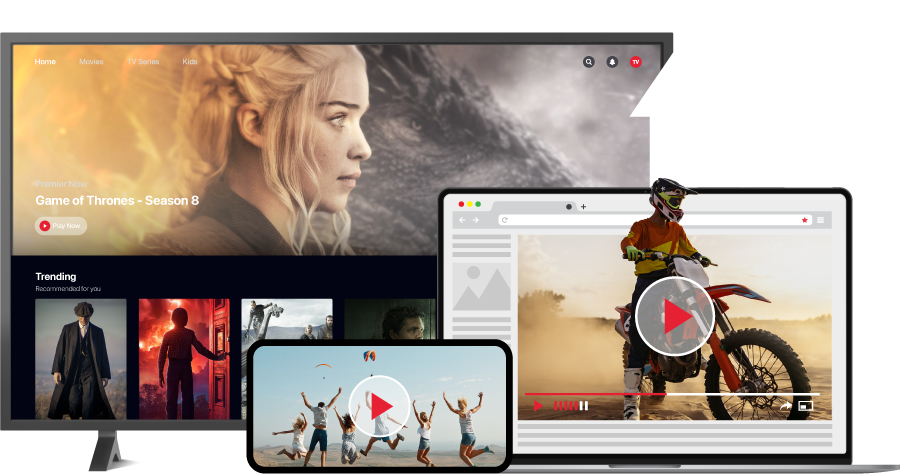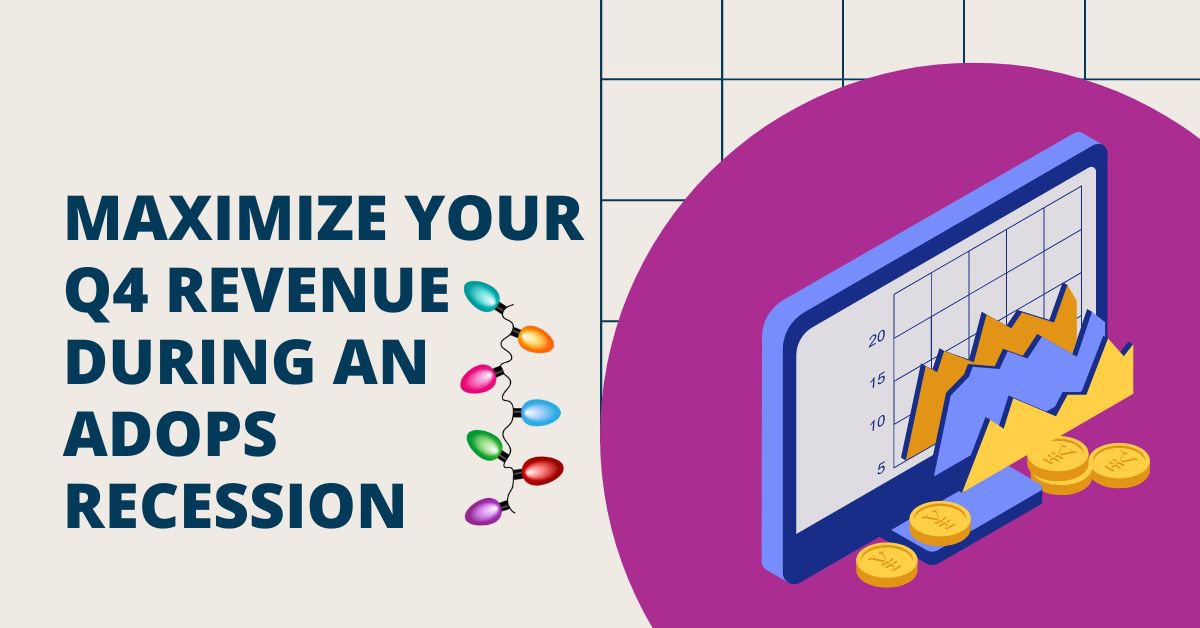Google AdSense and Google AdExchange are both advertising platforms provided by Google, but they serve different purposes and cater to different types of publishers and advertisers. Here are the key differences between the two platforms in more detail:
1. Publisher Types and Eligibility:
- AdSense: Google AdSense is designed for individual website owners, bloggers, and small to medium-sized publishers. It has a relatively straightforward approval process, and publishers can easily integrate AdSense ads into their websites.
- AdExchange: Google AdExchange is aimed at larger publishers, including premium publishers, publishers with high traffic volumes, and those with more complex ad inventory needs. Publishers must meet certain eligibility criteria and typically need to work with a Google-certified partner to access the platform.
2. Ad Inventory and Demand:
- AdSense: AdSense provides access to a wide range of ad formats, including text ads, display ads, native ads, and video ads. The ads displayed on AdSense are sourced from various ad networks and advertisers, providing a diverse selection of ads.
- AdExchange: AdExchange offers access to a more diverse and premium ad inventory. It connects publishers with a larger pool of advertisers, including ad networks, demand-side platforms (DSPs), and direct advertisers. AdExchange allows publishers to sell their ad inventory to multiple buyers simultaneously through real-time bidding (RTB) and programmatic advertising.
3. Revenue Model and Pricing:
- AdSense: Publishers using AdSense earn revenue through a revenue-sharing model, where they receive a portion of the revenue generated from clicks or impressions on the ads displayed on their websites. The revenue share percentage varies based on the ad format and the advertisers.
- AdExchange: AdExchange operates on a programmatic advertising model, where ad inventory is bought and sold through real-time bidding (RTB) auctions. Publishers on AdExchange have the potential to achieve higher CPM rates due to the competitive bidding nature of the platform. AdExchange offers more advanced revenue opportunities, including dynamic pricing and the ability to set pricing floors.
4. Control and Customization:
- AdSense: AdSense provides publishers with a simplified and user-friendly interface to manage their ad placements and customize the appearance of the ads to some extent. However, the control over the specific ads displayed on the website is limited, as AdSense automatically determines the most relevant ads based on the content and user behavior.
- AdExchange: AdExchange offers publishers more control and flexibility over their ad inventory. Publishers can set pricing floors, prioritize specific buyers or advertisers, and implement more advanced ad targeting and optimization techniques. This level of control allows publishers to optimize their revenue and better tailor the ad experience on their websites.
5. Support and Services:
- AdSense: AdSense provides standard support services through documentation, online resources, and community forums. However, direct support from AdSense is limited for most publishers, and premium support is available for larger publishers meeting specific criteria.
- AdExchange: AdExchange offers a higher level of support and services. Publishers working with AdExchange typically have access to dedicated account managers who provide strategic guidance, technical assistance, and optimization recommendations to maximize revenue and ad performance.
In summary, while Google AdSense is suitable for individual publishers and smaller websites looking for a straightforward way to monetize their content, Google AdExchange caters to larger publishers, offers more advanced features, access to premium ad inventory, greater control over ad monetization strategies, and a programmatic advertising ecosystem.





